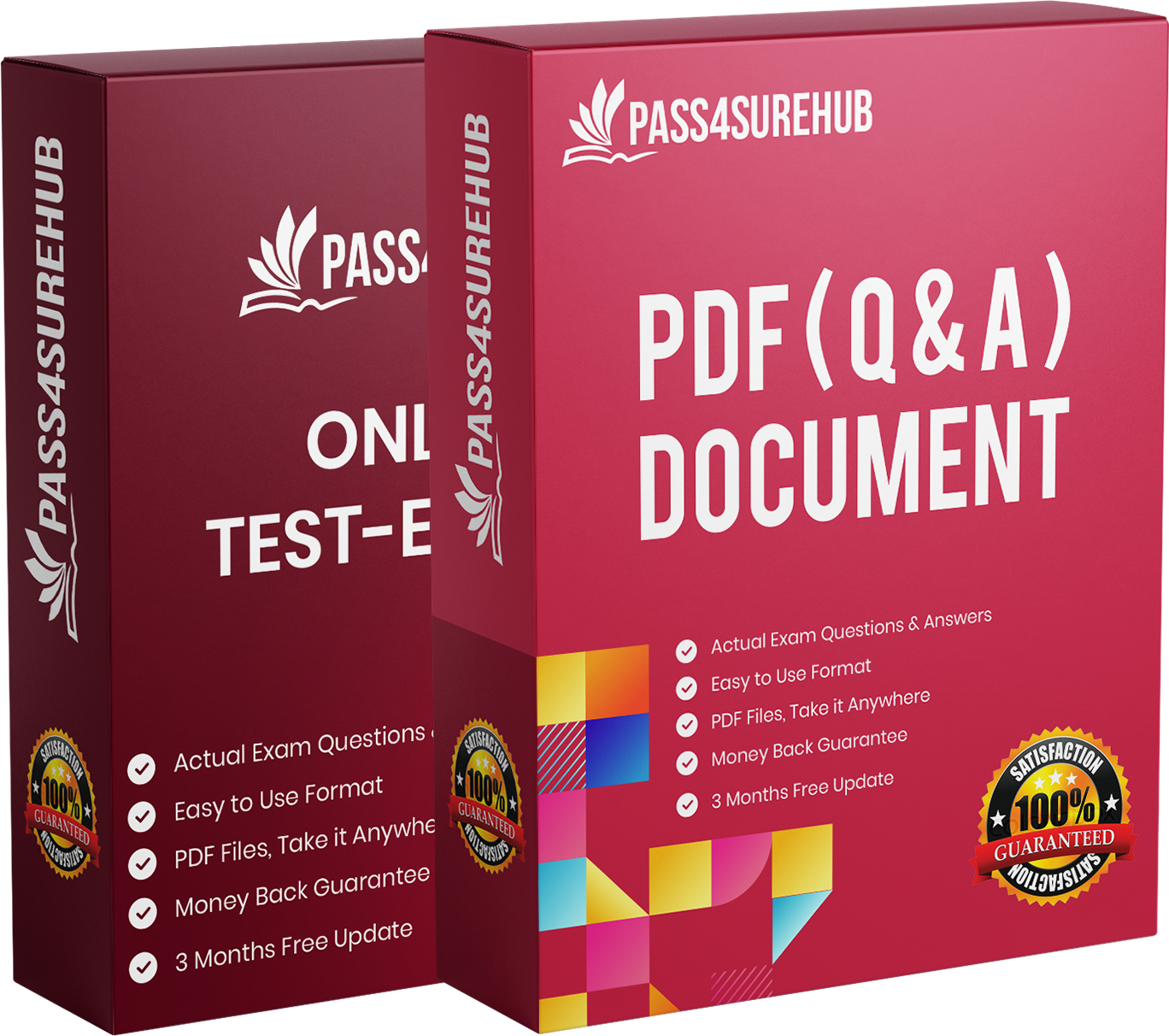
SAP P_TSEC10_75 Exam Dumps
SAP Certified Technology Professional - System Security Architect
Last Week P_TSEC10_75 Exam Results
Customers Passed SAP P_TSEC10_75 Exam
Average Score In Real P_TSEC10_75 Exam
Questions came from our P_TSEC10_75 dumps.
Real SAP P_TSEC10_75 Dumps With 100% Passing Guarantee
Congratulations on taking the first step towards achieving the prestigious P_TSEC10_75 certification! At Pass4SureHub, we are committed to helping you excel in your career by providing top-notch dumps for the P_TSEC10_75 exam. With our comprehensive and well-crafted resources, we offer you a 100% passing guarantee, ensuring your success in the certification journey.
Why Choose Pass4SureHub for P_TSEC10_75 Exam Preparation?
Expertly Curated Study Guides: Our study guides are meticulously crafted by experts who possess a deep understanding of the P_TSEC10_75 exam objectives. These P_TSEC10_75 dumps cover all the essential topics.
SAP P_TSEC10_75 Online Test Engine
Practice makes perfect, and our online P_TSEC10_75 practice mode are designed to replicate the actual test environment. With timed sessions, you'll experience the pressure of the real exam and become more confident in managing your time during the test and you can assess your knowledge and identify areas for improvement.
SAP P_TSEC10_75 Detailed Explanations for Answers
Understanding your mistakes is crucial for improvement. Our practice P_TSEC10_75 questions answers come with detailed explanations for each question, helping you comprehend the correct approach and learn from any errors.
Dedicated Support of P_TSEC10_75 Exam
Our support team is here to assist you every step of the way. If you have any queries or need guidance, regarding P_TSEC10_75 Exam Question Answers then feel free to reach out to us. We are dedicated to your success and are committed to providing prompt and helpful responses.
Join the Community of Successful Professionals of SAP P_TSEC10_75 Exam
Pass4SureHub takes pride in the countless success stories of individuals who have achieved their SAP P_TSEC10_75 certification with our real exam dumps. You can be a part of this community of accomplished professionals who have unlocked new career opportunities and gained recognition in the IT industry.
Your Success is Guaranteed
With Pass4SureHub's P_TSEC10_75 exam study material and 100% passing guarantee, you can approach the certification exam with confidence and assurance. We are confident that our comprehensive resources, combined with your dedication and hard work, will lead you to success.
SAP P_TSEC10_75 Sample Question Answers
SAP P_TSEC10_75 Sample Questions
Question # 1What is the transaction of the Internet Communication Framework (ICF)?
A. SICF
B. SERT
C. SDFG
Question # 2
In which transaction can you release the change request to transport?
A. SE09
B. SE10
D. SE08
Question # 3
Authorization Profile that defines the profile names for which an administrator has authorization and the activities that are allowed?
A. S_USER_GRP
B. S_USER_AUTH
C. S_USER_PRO
Question # 4
3 enterprise portal authentication mechanisms:
A. User Id/Password (Form based iView) X. 509 digital certificate
B. Third party authentication (Windows)
C. Use external authentication (snc/extid_login_diag)
Question # 5
What are the 2 main options to create and save audit filters?
A. Create and save filters permanently in the database
B. Change filters dynamically
C. Create and save filter temporary in the database
Question # 6
Which special user is delivered in the client 066?
A. DDIC
B. Early Watch
Question # 7
Which profile parameter can you use in order to specify the use of S_RFC?
A. Name of RFC to be protected
B. Activity
C. auth/rfc_authority_check
Question # 8
What is the transaction to view the change document for an object
A. SCDO
B. SFED
C. SCGH
Question # 9
Which authorization object enforces that one person can create the role, but another person must generate the role?
A. S_USER_AUT
B. S_USER_PRO
Question # 10
What are the 3 standards approval steps and their authorization object, value and default value?
A. By request owner
B. By user department
Question # 11
Profile parameter: minimum length of the logon password
A. login/fails_to_session_end
B. login/min_password_lng
C. Login/fails_to_user_lock
Question # 12
How do you protect access to the ITS service and template files?
A. Using groups at the operating system level
B. Using groups at the creation dolmen level
Question # 13
X.509 client certificates: which table is responsible for the user mapping?
A. USREXTID
B. UDBNVVD
C. UFSKSDHD
Question # 14
What are the 2 main components of the AIS reporting tree?
A. System auditing functions
B. Business auditing functions
Question # 15
ITS configuration: What is the difference between a single host configuration and a dual host configuration?
A. Single Host
B. Dual Host
C. Multiple Host




